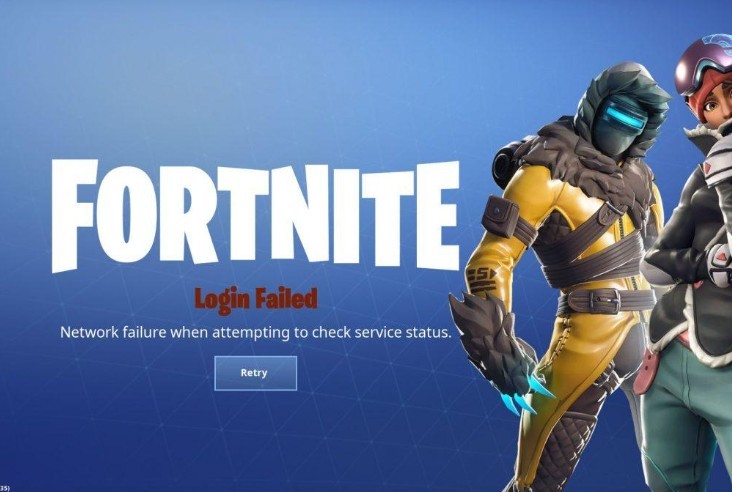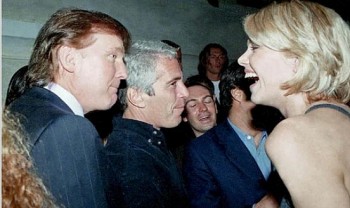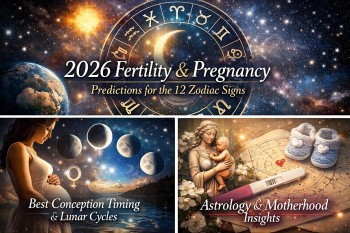Top 9 Largest & Beautiful Gulfs in The World
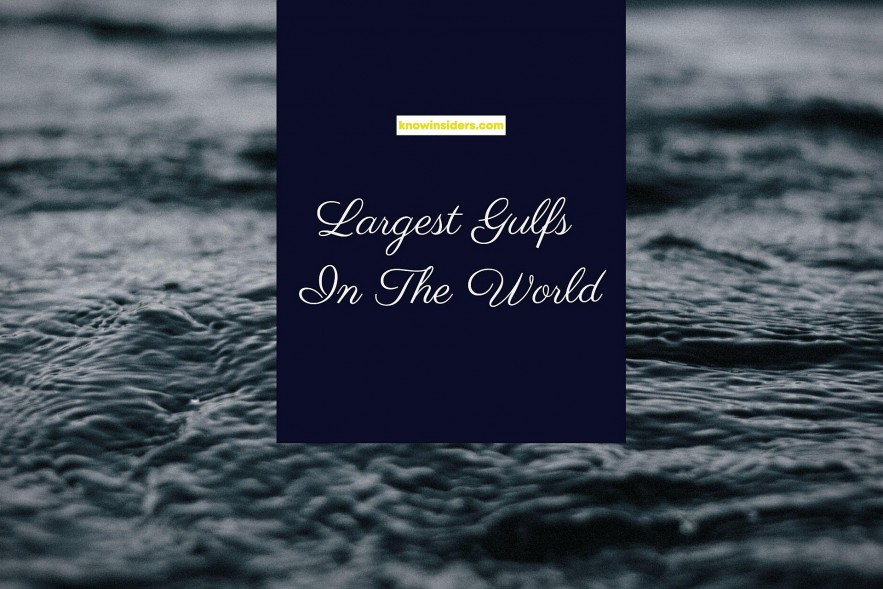 |
| Top 9 Largest Gulfs In The World. Photo KnowInsiders |
| Contents |
The term "gulf" is used to describe a body of water that is separated from a larger body of water by land but is still linked to a larger body of water. The gulf is hemmed in by land on practically all sides. There is a wide range of gulf dimensions, shapes, and depths. They differ from bays in that they are bigger and more pronounced in shape.
They are commonly used as harbors, much like bays. Gulfs are home to several major economic hubs. Let's have a look at the biggest gulfs throughout the globe.
Top 9 Largest and Beauntiful Gulfs In the World
1.Gulf of Mexico
The Gulf of Mexico is the largest, most desirable, and most fruitful body of water in the world! Part of the western Atlantic, Cuba, the majority of the eastern coast of Mexico, and the U.S. states of Texas, Louisiana, Mississippi, Alabama, and Florida define the boundaries of this 600,000 sq. mi. water basin.
From Key West, Florida, to the southernmost tip of the Yucatan Peninsula in Mexico, the shoreline stretches an incredible 3,540 miles.
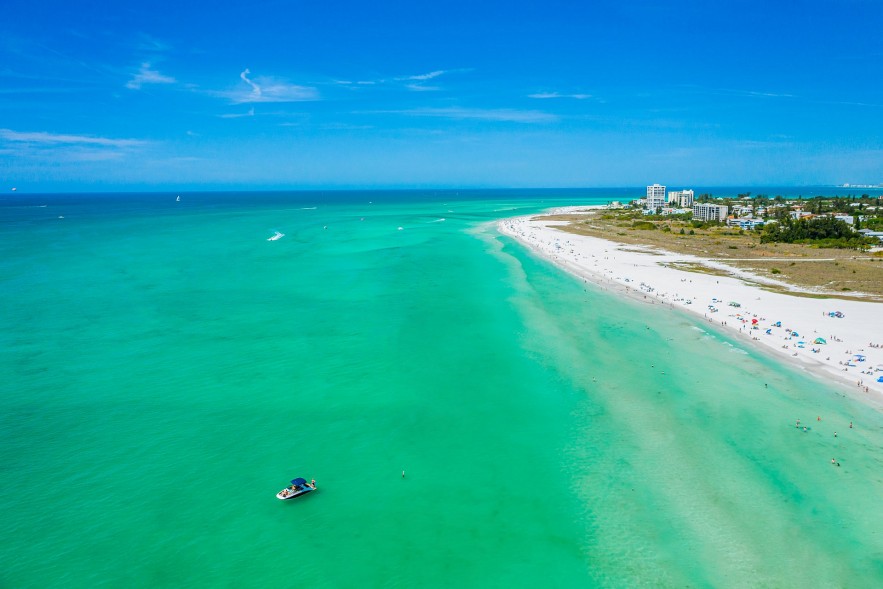 |
| Gulf of Mexico |
Although its coastal regions are rather shallow, its lowest point in the middle extends over three miles (14,383 linear feet) below sea level. Sea life is incredibly diverse, and that richness is what makes it possible for the ocean to host the world's largest fisheries.
Gulf seafood bountiful with amberjack, crabs, grouper, king mackerel, mahi mahi, oysters, red snapper, shrimp, spanish mackerel, swordfish, tilefish, triggerfish, tuna, and vermillion snappers. Destin, Florida is home to the biggest private charter fishing fleet in the United States, making fishing the most important industry along the Gulf Coast. The other two major economies are tourism (worth $100 billion) and large oil ($128 billion).
2. Gulf of Guinea
The Gulf of Guinea, after the Atlantic Ocean, is the biggest gulf on the African coast and forms the westernmost part of the continent's arc. Countries including Ghana, Togo, Benin, Nigeria, Cameroon, Equatorial Guinea, and Gabon may all be found along the coast. From the heart of Africa, several rivers, the greatest of which is the Niger, empty into this gulf.
This small gulf, no deeper than 100 feet, has a low salinity due to the rivers, hence marine life is scarce. This is why Africans living on the coast have avoided pursuing maritime endeavors in the Gulf.
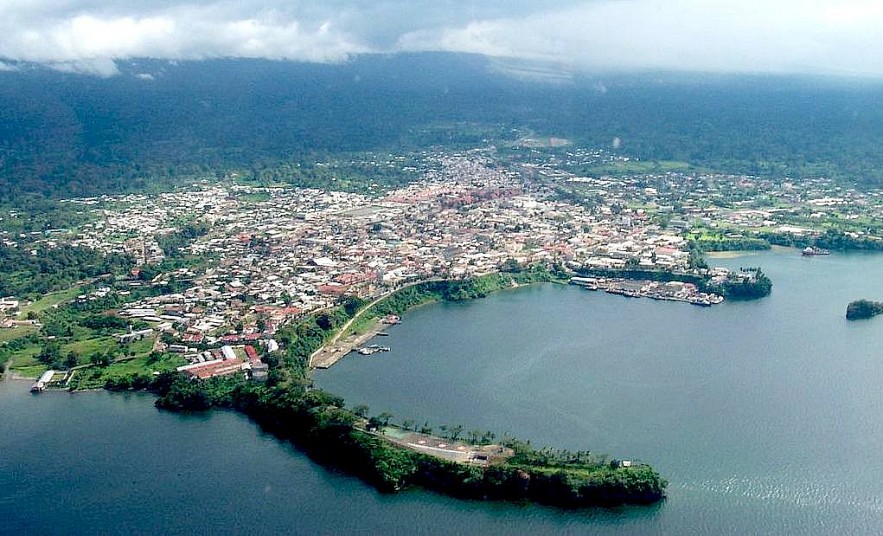 |
| Gulf of Guinea. Photo official blue bird |
A chain of islands extends southwesterly into the gulf in a direct line. Most of them are volcanic islands but two of them form the stable Democratic Republic of Sao Tome' and Principe. These islands were settled in the 1600s by Portuguese colonists who established sugar, cocoa and coffee plantations due to rich dormant volcanic soils as well as its sunny equatorial location. These scenic islands have great potential for ecotourism, which is supported by the government.
3. Gulf of Alaska
The Gulf of Alaska, stretching from the Alexander Archipelago in the east to Kodiak Island in the west, covers an area of 592,000 square miles off the southern coast of Alaska.
Cook Inlet and Prince William Sound are only two of the many fjords and sea inlets that crisscross the rocky shoreline of the gulf. The subarctic shoreline is also dotted with the high mountain ranges of Chugach, Kenai, and St. Elias. There are also two of Alaska's largest glaciers located here: the Bering and Malaspina glaciers.
READ MORE: What Is The Sixth Ocean In The World?
4. Persian Gulf (Arabian Gulf)
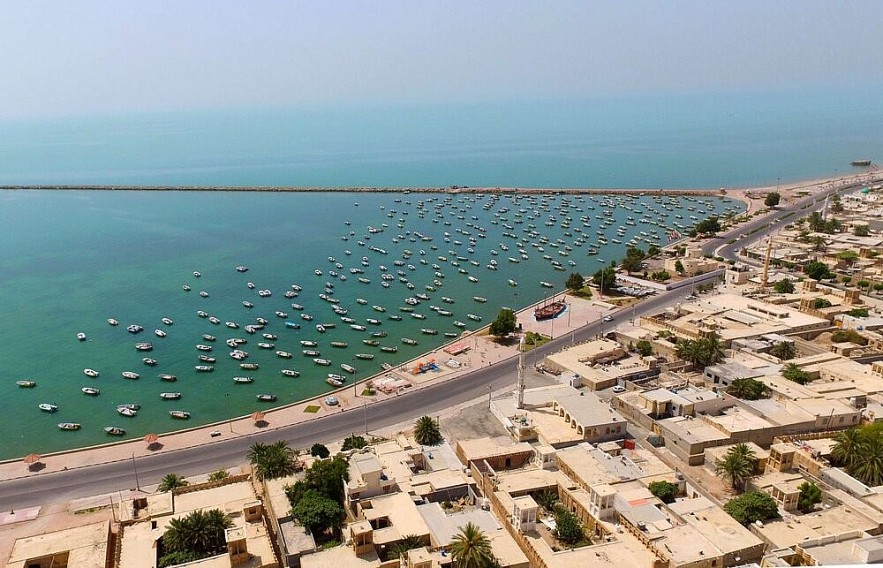 |
| Photo Tehran Times |
The Persian Gulf (sometimes spelled Arabian Gulf) is a large body of water that separates the Arabian Peninsula from the coasts of Iraq, Iran, and Kuwait, and stretches out into the Indian Ocean. The Gulf of Mexico has a shoreline of 615 miles and is often no deeper than 300 feet.
The Strait of Hormuz is a major gas and oil transportation route since it links the Persian Gulf to the Indian Ocean. Most of the world's oil has come from the area since the Second World War. Nearly two-thirds of the world's proved oil reserves are thought to be here, with another third of the world's proven natural gas reserves also being found in this area.
5. Gulf of St. Lawrence
The Gulf of St. Lawrence is a huge (250 000 km2), approximately triangular inland sea linked to the Atlantic by the Strait of Belle Isle in the northeast and Cabot Strait in the southeast. It receives on average 10 100 m3/s of fresh water from the St. Lawrence River at its northwest apex.
From the mouth of the St. Lawrence in Tadoussac, Quebec, north across the Cabot Strait, and out to the edge of the Continental Shelf is the deep Laurentian Channel. The large Magdalen Shallows separate Prince Edward Island with the Iles de la Madeleine to the south. Ile d'Anticosti is located to the north of the canal. The Saguenay River, in addition to other rivers on the north shore, and lesser quantities from New Brunswick and Newfoundland, are other good places to look for clean water.
READ MORE: 10 Most Romantic & Beautiful Island Cities in the World
6. Gulf of Oman
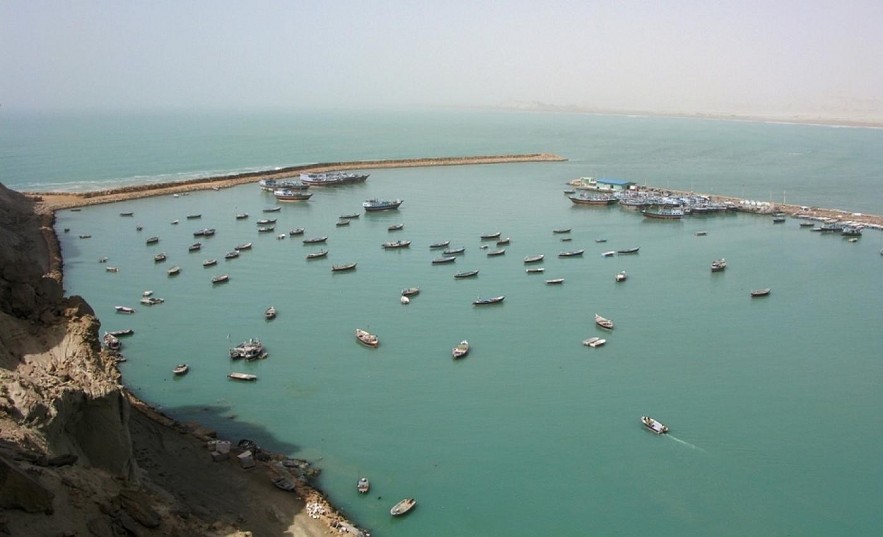 |
| Gulf of Oman. Photo Middle East Eye |
Gulf of Oman connects the Arabian Sea with the Strait of Hormuz, which then runs to the Persian Gulf.
The gulf borders Pakistan and Iran on the north, Oman on the south, and the United Arab Emirates on the west.
7. Gulf of Aden
Gulf of Aden is located in the Arabian Sea between Yemen and Somalia.
In the north-west, it connects with the Red Sea through the Bab-el-Mandeb strait.
The waterway is part of the important Suez canal shipping route between the Mediterranean Sea and the Arabian Sea in the Indian Ocean.
8. Gulf of Carpentaria
 |
| Gulf of Carpentaria. Photo tripadvisor |
It is a large, shallow sea enclosed on three sides by northern Australia and bounded on the north by the Arafura Sea. The Arafura Sea is the body of water that lies between Australia and New Guinea.
Gulf of Carpentaria Marine Park, adjacent to the Wellesley Islands, is culturally important for the Lardil, Yangkaal, Kaiadlit and Gangalidda people who have responsibilities for sea country here.
9. Gulf of Riga
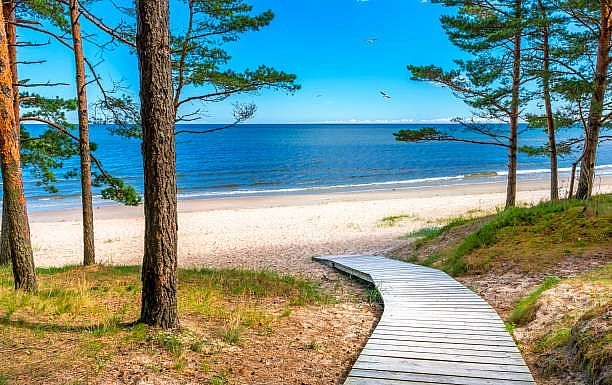 |
| Photo iStock |
A gulf is a region of the ocean or sea that is partially surrounded by land. The Gulf of Riga is a huge gulf in the Baltic Sea between Estonia and Latvia, with an area of 18,000 km2. The Estonian island of Saaremaa forms a partial barrier between the Baltic and this area. Irbe Strait, however, links the Baltic Sea to the Gulf of Riga. The Väinameri Sea might also be considered a part of the Gulf.
Located in the Baltic Sea between Latvia and Estonia is a bay known as the Gulf of Riga. The Irbe Strait connects the Gulf of Riga to the Baltic Sea.
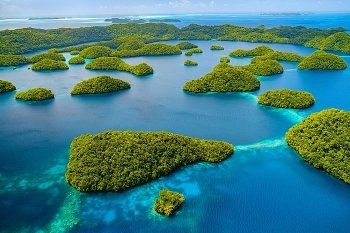 Top 10 Countries Have The Most Islands In The World Top 10 Countries Have The Most Islands In The World There are hundreds of thousands of islands in the world. Which country has the most islands? |
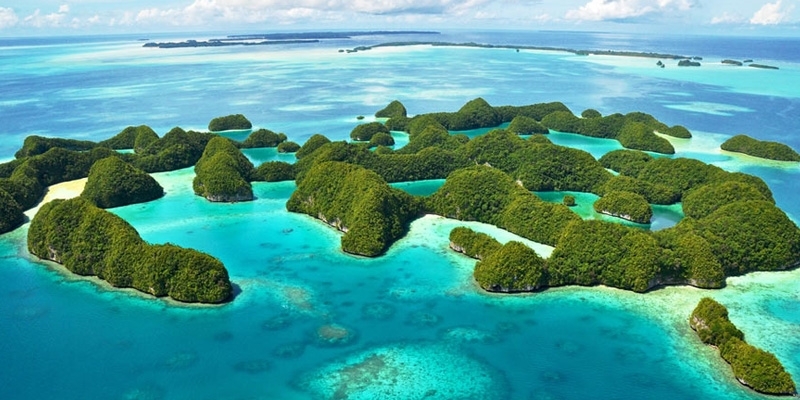 How Many Countries Are There In Oceania? How Many Countries Are There In Oceania? Do you know how many countries the Oceania has? What are the names of the countries? |
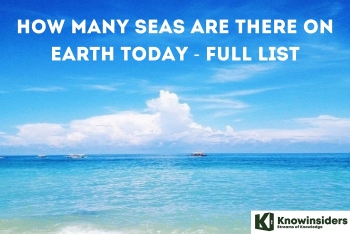 How Many Seas Are There on Earth Today: Full List, Top Largest and Smallest Seas How Many Seas Are There on Earth Today: Full List, Top Largest and Smallest Seas This article provides a list of seas of the World Ocean, including marginal seas, areas of water, various gulfs, bights, bays, and straits. |



